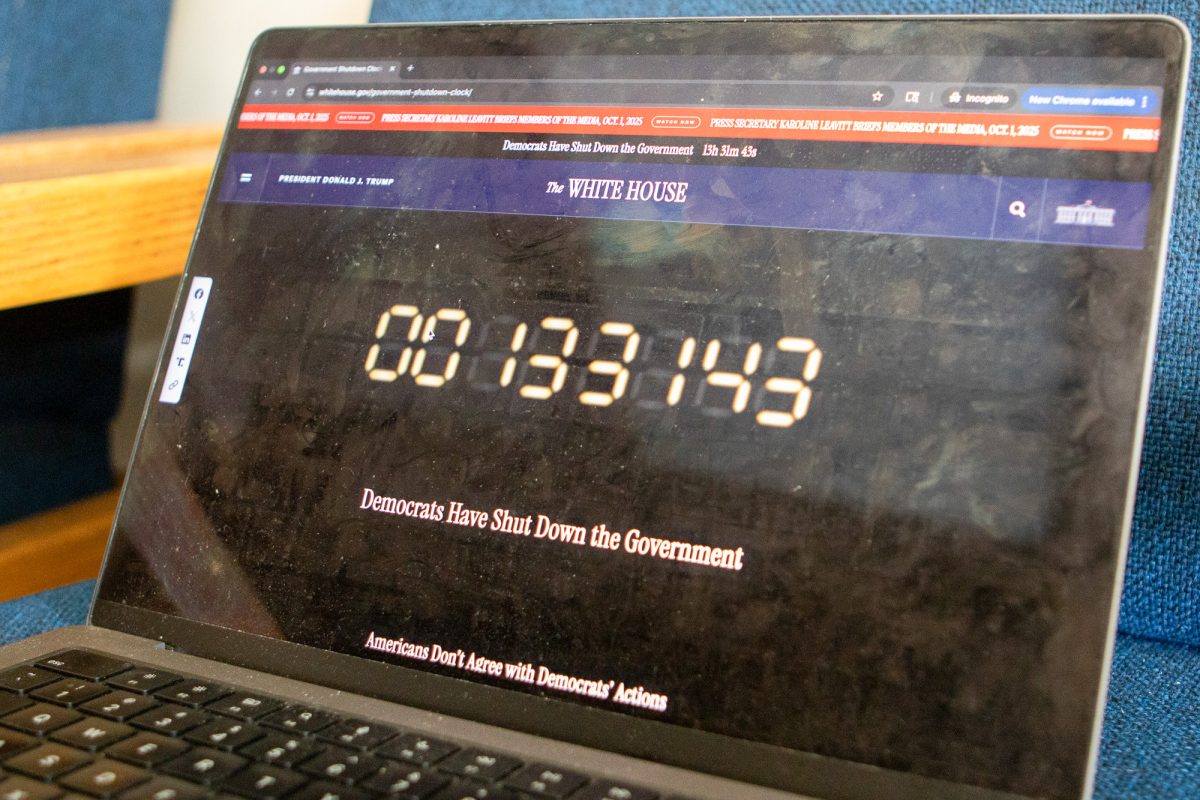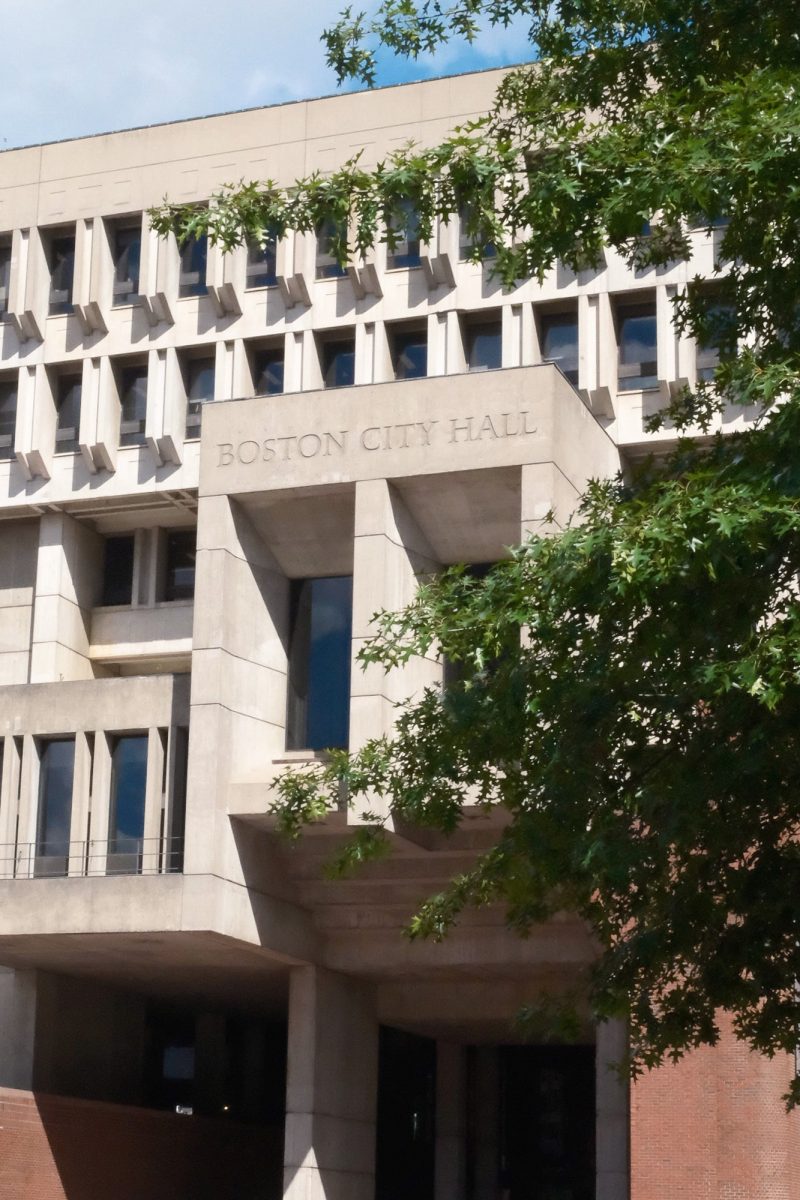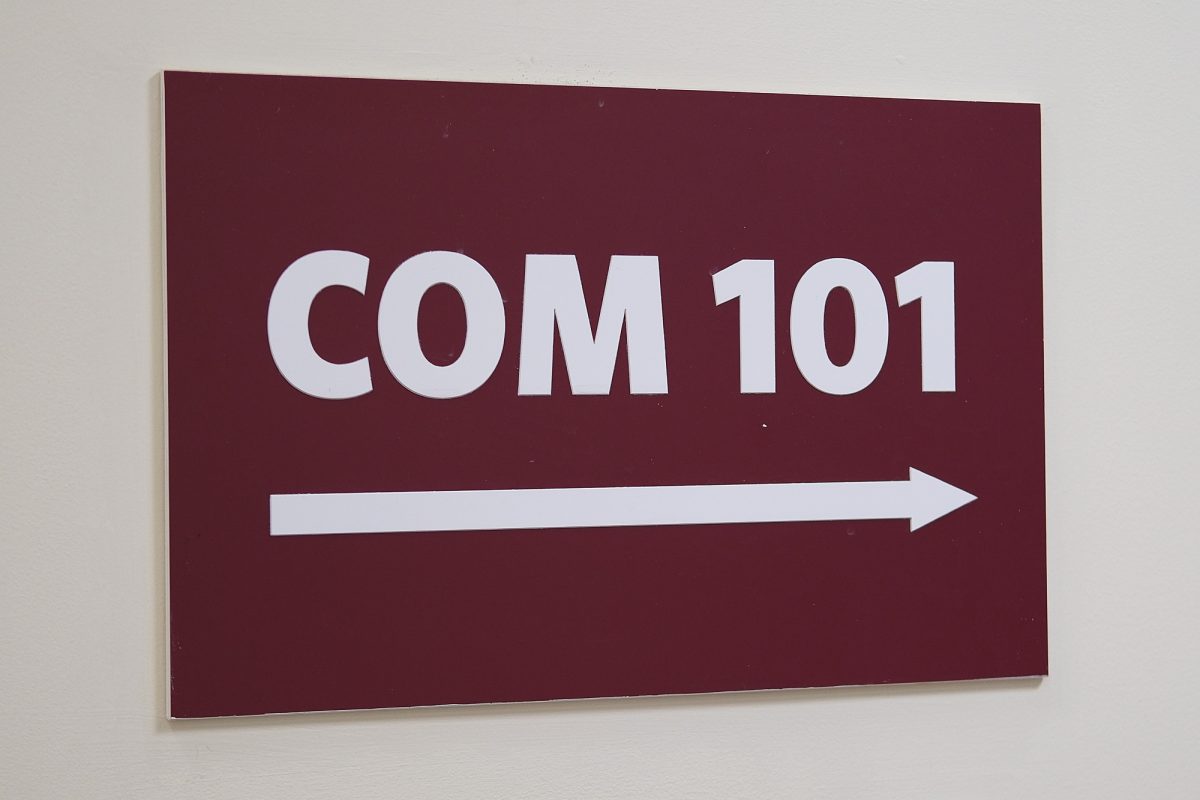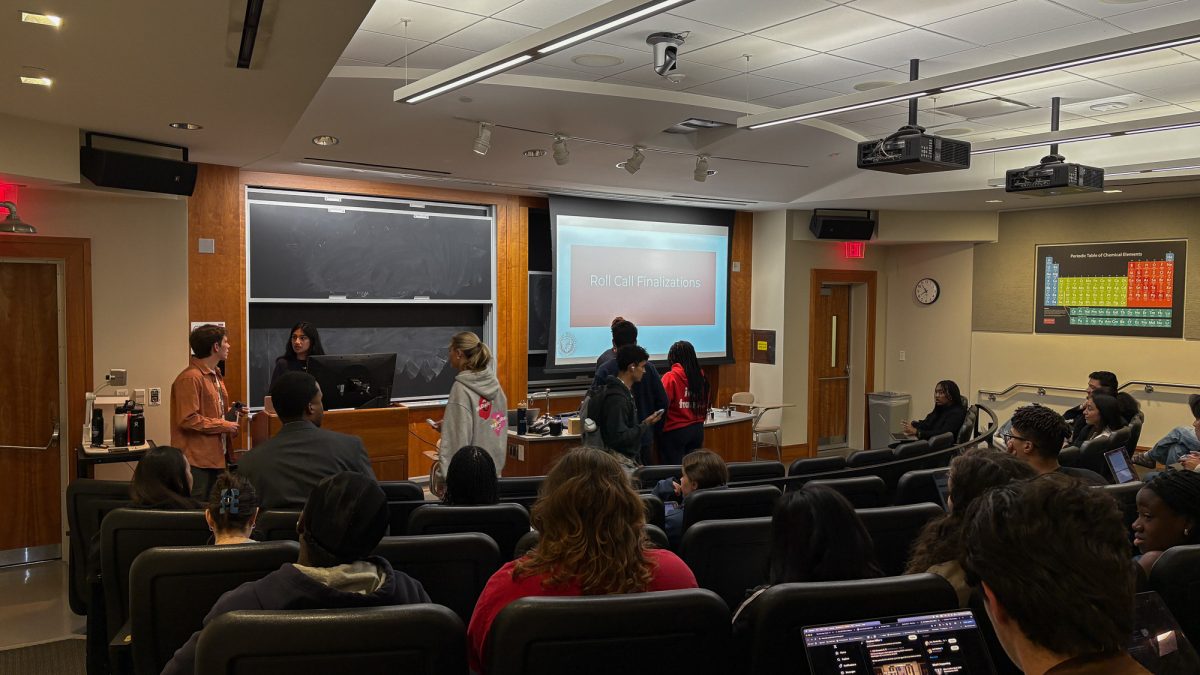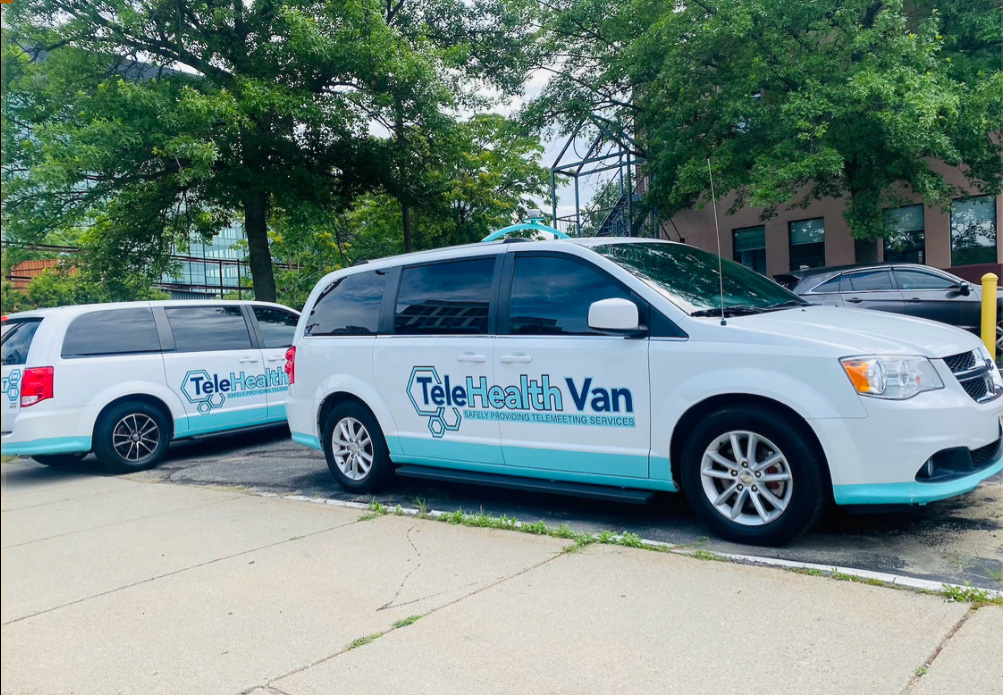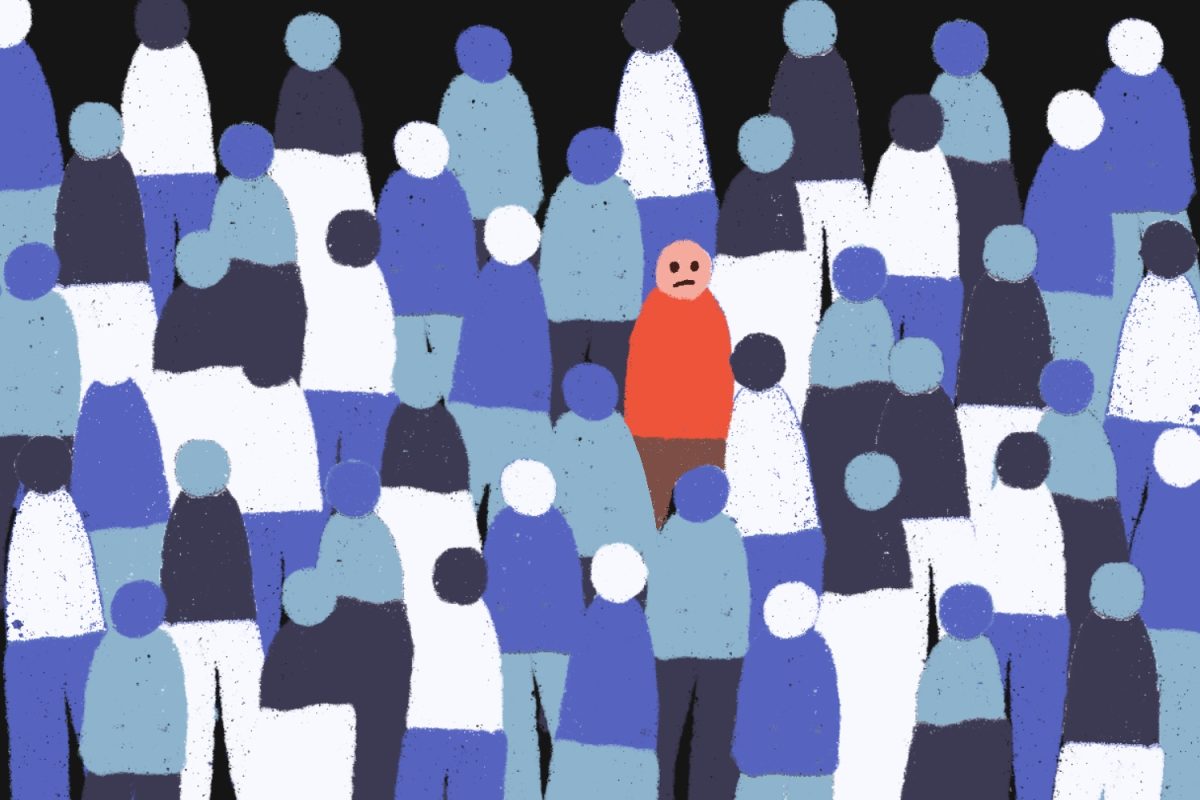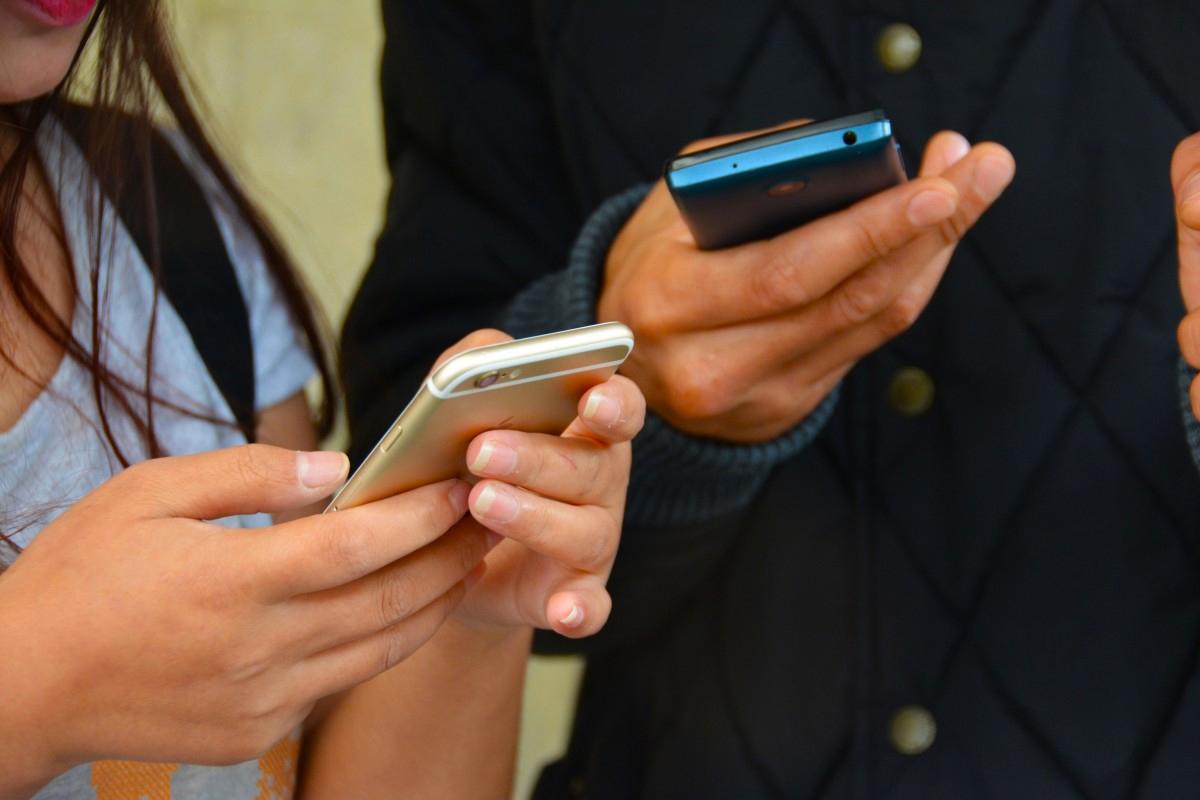Presenting a new avenue for application accessibility — and avoiding taking real steps to address aid distribution — the Department of Education has launched a mobile app for federal financial aid applications.
In itself, the app is hard to criticize. There’s no harm in giving students more options for the platform with which to apply for loans and grants. Anything that has the potential to increase student motivation to seek aid, especially in communities where college is seen as unattainable, is a step in the right direction.
For people of lower socioeconomic status who work long hours and have little free time to fill out lengthy documents, this app could speed up and shed light on the application process. There’s nothing wrong with acknowledging that this is a good step, as long as it’s the first in a chain of positive reforms.
That’s where concern comes in — that the Department of Education will roll out this app and then call it a day on reforming the financial aid system for the rest of the year.
The harm is in the way Education Secretary Betsy DeVos is presenting the app as the singular solution to the roadblocks students face in receiving financial aid. DeVos said in a press release that the app puts all of the necessary tools to apply for loans “in the palm” of a student’s hand — discounting the ways the Department skirts its responsibility to meet students’ full financial need.
One app does not possess the power to give each student in the United States every tool they need to understand and access financial aid. This is a lazy answer to the inadequacies of the U.S. financial aid system.
It’s true that the paper application for financial aid is long and confusing, and alternatives are necessary. The Free Application for Federal Student Aid has over 180 questions, and half of American high schoolers eligible for government financial aid don’t even fill one out, resulting in a wasted $2.3 billion worth of aid for the class of 2017 alone.
What remains in question is how many students will actually use this app compared to the fafsa.gov web program. Adults often assume that smartphones are teen’s prefered device for all intents and purposes, but anyone who has ever tried to fill out an important application or scrolled through pages and pages of a long document on a tiny screen knows that phones just aren’t meant to handle certain tasks.
And even if this new app does make it easier to apply for student loans, this isn’t enough. There’s no point in making it easier to apply for something that many students have no hope of receiving.
When students don’t apply for financial aid, people assume it’s because they’re intimidated by the lengthy application. But maybe there’s a different reason why students aren’t bothering to fill out the application — because they fear it’s a futile effort. They can presume that their Expected Family Contribution, which determines how much the government thinks their family can contribute to their education, will be far higher than what their family can truly pay.
The Expected Family Contribution formula doesn’t account for a variety of factors that could put financial stress on a family. It doesn’t consider the need to invest in retirement savings, costs of other kid’s education or general family expenses. The government can claim to be meeting the full need of applicants, while really, it decides what that means for each person.
Regardless of whether or not the app has the potential to be helpful, it’s a Band-Aid on a bullet wound. It fails to address the bigger problem with how funds are distributed. Making the application process more comprehensive is a good step, but it can’t be the last one.



